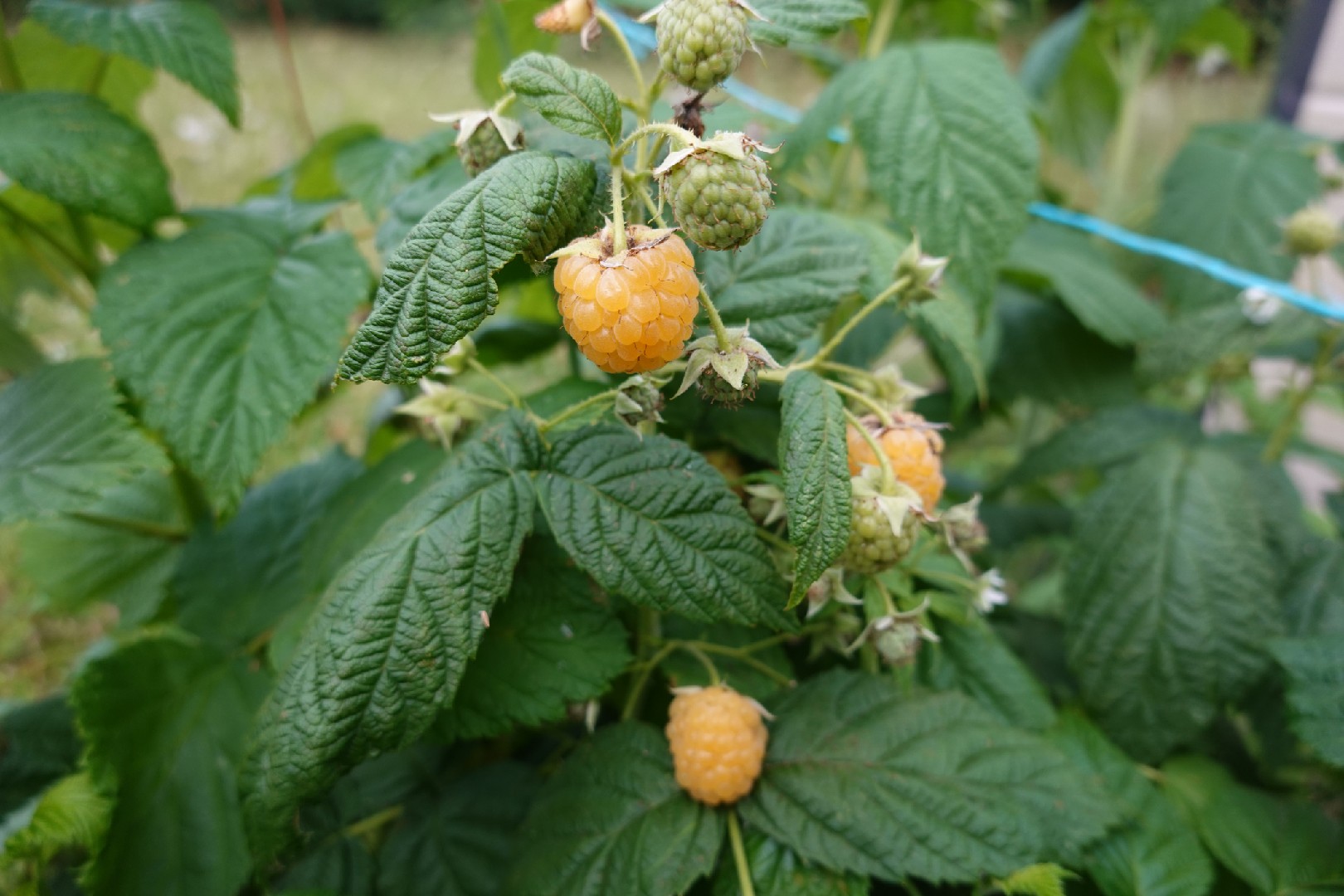![Rectangle]()
The Lure of Perennial Fruit Cultivation
Perennial fruit cultivation offers a plethora of benefits, making it a truly enticing endeavor. Not only does it contribute to a healthier lifestyle and a more sustainable environment, but it also brings about a sense of fulfillment and joy that is hard to replicate.
One of the most significant advantages of perennial fruit cultivation is the positive impact it has on health and sustainability. By growing your own fruits, you have full control over the cultivation process and can ensure that your produce is free from harmful pesticides and chemicals. This means you can enjoy the fruits of your labor without worrying about potential health risks. Additionally, perennial fruits are packed with essential nutrients and antioxidants that are beneficial for overall well-being.
Moreover, perennial gardening offers a cost-effective way to enjoy a continuous supply of fresh fruits. While the initial investment in establishing a perennial garden may seem high, the long-term returns on investment are substantial. Unlike annual plants that need to be replanted every year, perennial fruits can bear fruit for many years with proper care and maintenance. This not only saves you money on buying fruits from the store but also reduces your carbon footprint by eliminating the need for transportation and packaging.
However, perhaps the most alluring aspect of perennial fruit cultivation is the immense satisfaction derived from cultivating and harvesting your own fruit. There is something incredibly gratifying about seeing the fruits of your labor grow and flourish. From the tender care you provide to the plants to the excitement of the first harvest, the whole process is a rewarding experience that connects you to the natural world.
To embark on the journey of perennial fruit cultivation, there are several methods and skills that can greatly enhance your chances of success. One such method is companion planting, where you strategically plant different species together to facilitate pollination, control pests, and maximize space. For example, intercropping strawberries with garlic can help deter pests and enhance the flavor of the strawberries.
Additionally, learning about the specific requirements of different perennial fruits is crucial for their proper growth and development. Some fruits, such as blueberries, thrive in acidic soil, while others, like figs, prefer well-drained soil. Understanding the needs of your chosen fruits will enable you to provide the ideal growing conditions, resulting in healthier plants and better yields.
Furthermore, regular maintenance and care are essential for the longevity of perennial fruit plants. Pruning, mulching, and fertilizing are some of the key practices that can promote healthy growth and prevent diseases. Investing time in learning these maintenance techniques will help ensure that your perennial garden remains productive and vibrant for years to come.
In conclusion, the allure of perennial fruit cultivation lies in its myriad benefits for health, sustainability, and personal satisfaction. By harnessing the right methods, skills, and knowledge, you can embark on a fruitful journey that not only enriches your life but also contributes to a greener and healthier world.





